How to Hunt the Wind
July 10th, 2023
6 minute read
Editor’s Note: When hunting, knowing how to use the wind can make a difference between putting a mature buck in the freezer or a season of only quiet quiet walks through the woods. Paying attention to the wind isn’t just for deer hunting, either. A plan for success should use wind to your advantage be it for bear, deer or elk. In today’s article, veteran hunter Wayne van Zwoll teaches us how to hunt the wind to improve our odds for a successful hunting adventure.
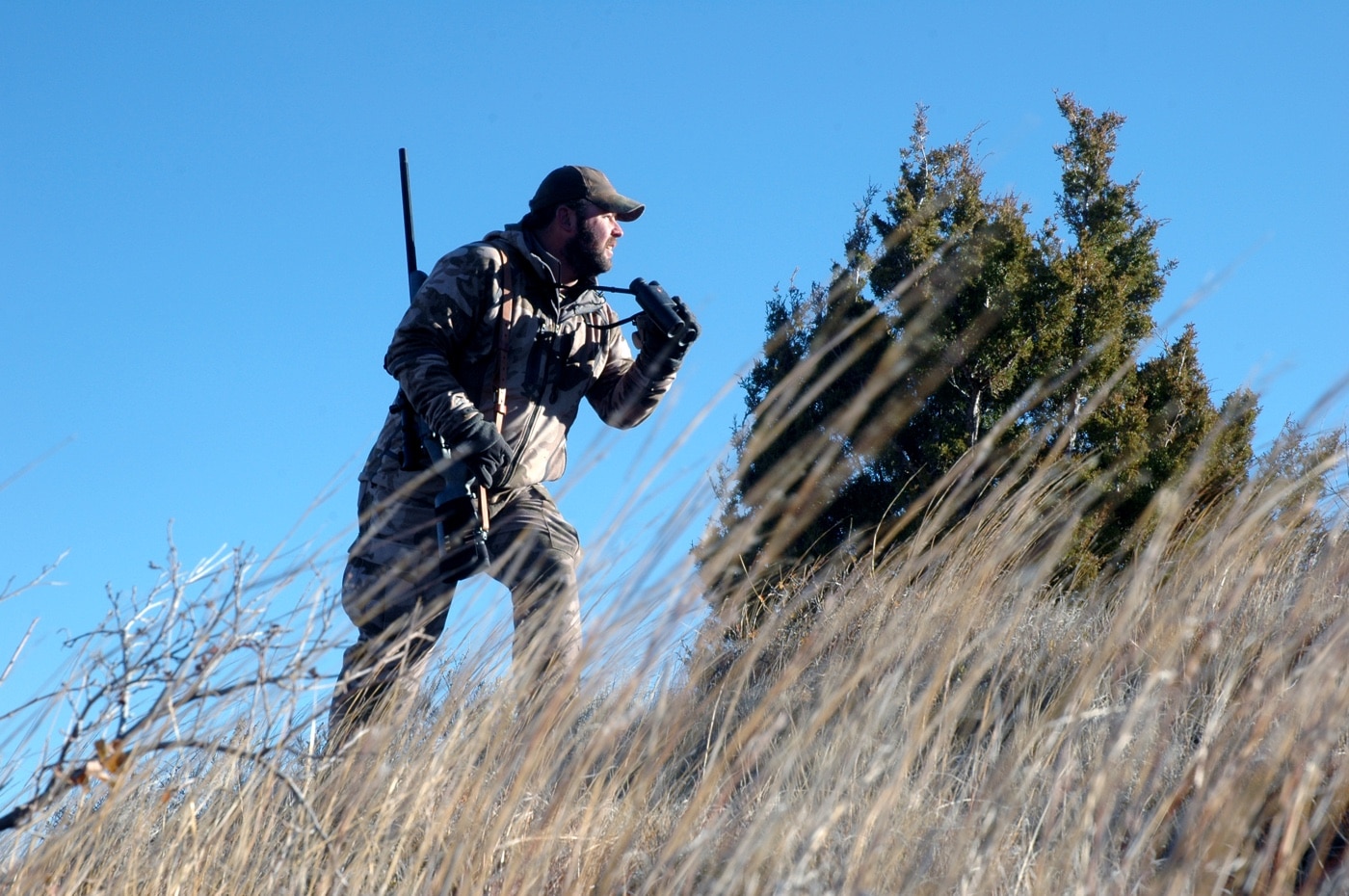
No, wind isn’t our quarry; but until the shot, it holds our focus. Success hinges on how well we read it.
The bear came to me a week ago at this writing. Dusk’s orange light, strained by black conifers shadowing black mud, lit the russet of his head. A mighty big pumpkin! He was shuffling through wind-savaged spruce, headed my way. A stone’s toss off, he paused among blow-downs. One eye was visible between standing boles. It was fixed on me. He lifted his nose, then turned and ghosted through the shin-tangle down-wind. Oh, no!
Scent tells bears tales it denies us. We have reasonably good vision, sub-par hearing and almost no sense of smell. Air movement — what we call wind — warns animals we’re close by when we can neither see nor hear them. Sometimes they slip away, sometimes they dash off, sometimes they hold still until, unobservant and unaware, we pass.
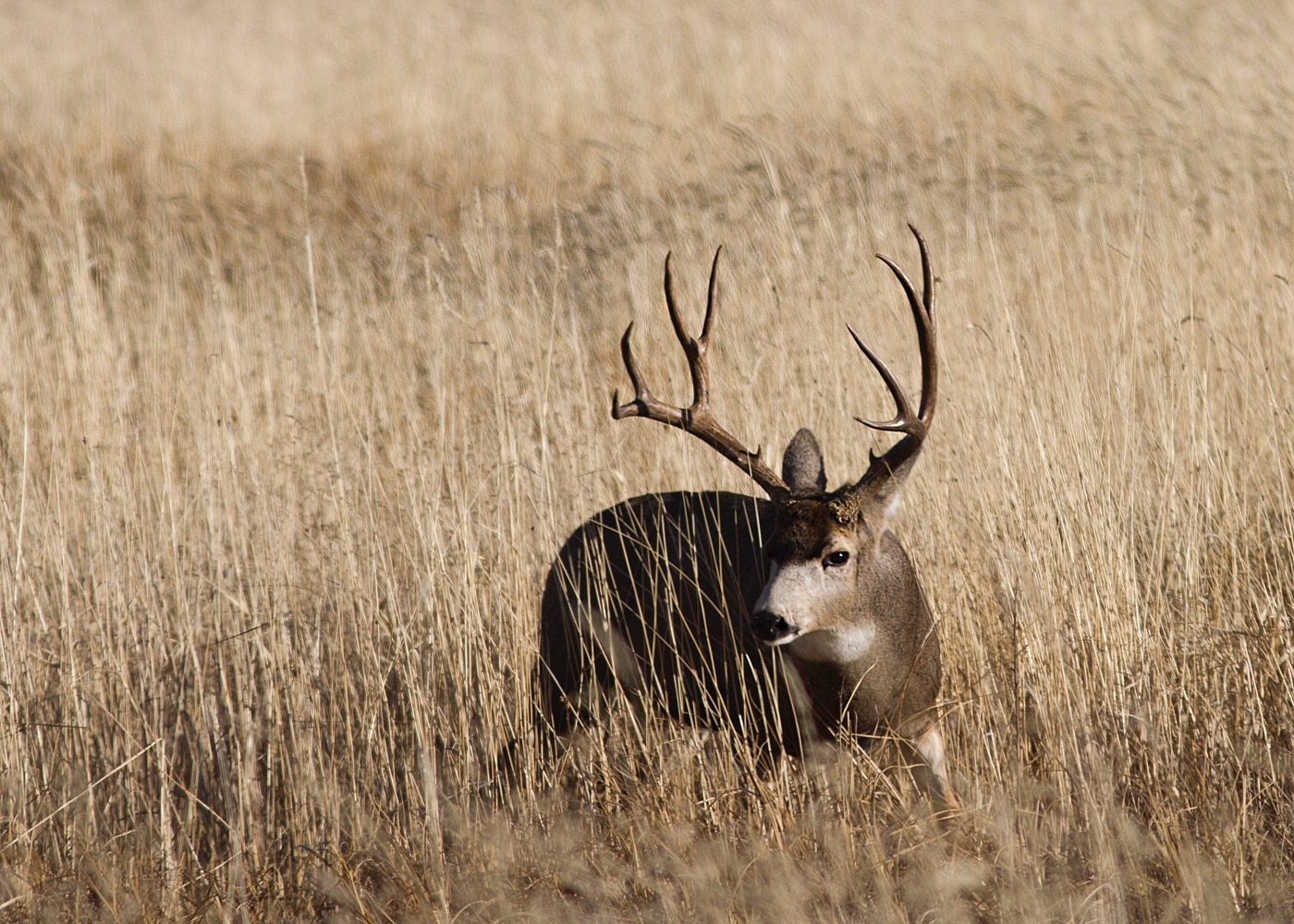
Wind follows a change in air pressure, one area to another. While there’s always pressure, often there’s no perceptible flow or turbulence. Two kinds of air movement matter to hunters: feathery currents that carry their scent to game, and the thrust of palpable cross-wind that nudges bullets off-course.
Understanding the Wind
In some ways, air is like water. It has measurable warmth. It is amorphous, with no shape of its own. It can lie still or move with direction and speed, smoothly or with great turbulence. It can splash and pool. Vapors ride air. If you sit in still air on a stump in the woods, your scent rises with your body heat, then spreads. Think of a gasoline can with the lid off, or a thimble of dye poured into water. Even with no perceptible movement, air distributes your scent.
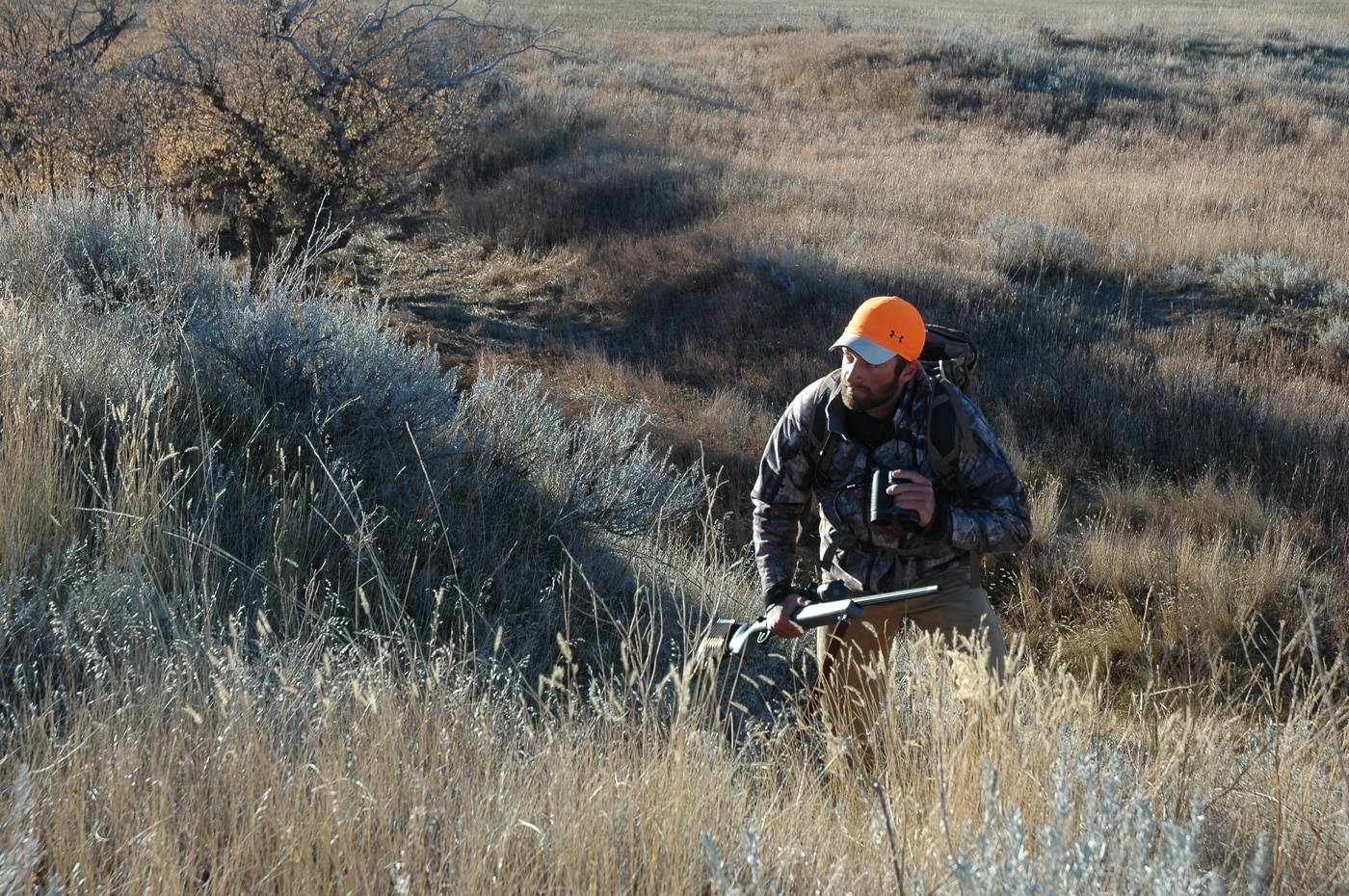
Morning sun warms air, nudging it uphill. Thermal drift reverses at dusk as air cools. Thermals carry your scent as effectively as prevailing wind, whether or not you feel them. There’s little use waiting for sun-up to climb into game country, because your scent will usually precede you. Better to climb in the dark, then at first light hunt across thermal drift, glassing openings and across drainages. Prevailing wind cancels thermals. So can fog, rain and snow, a low ceiling and falling temperatures.
When your hunting plan puts you at odds with thermal drift, innovate, moving in a zig-zag pattern to keep air movement across your front. Depending on the cover and terrain, you can hunt with thermals. Typically, they’re slow; a brisk pace may keep you abreast of your scent.
The wind is influenced by land-form. Like water, it flows around or up over obstacles. It can seem to move around a hill with you, as you try to face it. Draws funnel wind. Like carburetors, they also impart a “Venturi effect,” increasing air speed in narrow places.
While hunting into a light, steady breeze is ideal, it’s often not practical. Breezes are seldom light and steady over uneven ground or through cover for the period you wish to hunt. Few hunts track in one direction, and you can’t afford to ignore other factors, like slope or cover or the sun’s position. Hunting into the wind is pointless if a low sun to your front blinds you to what’s ahead.
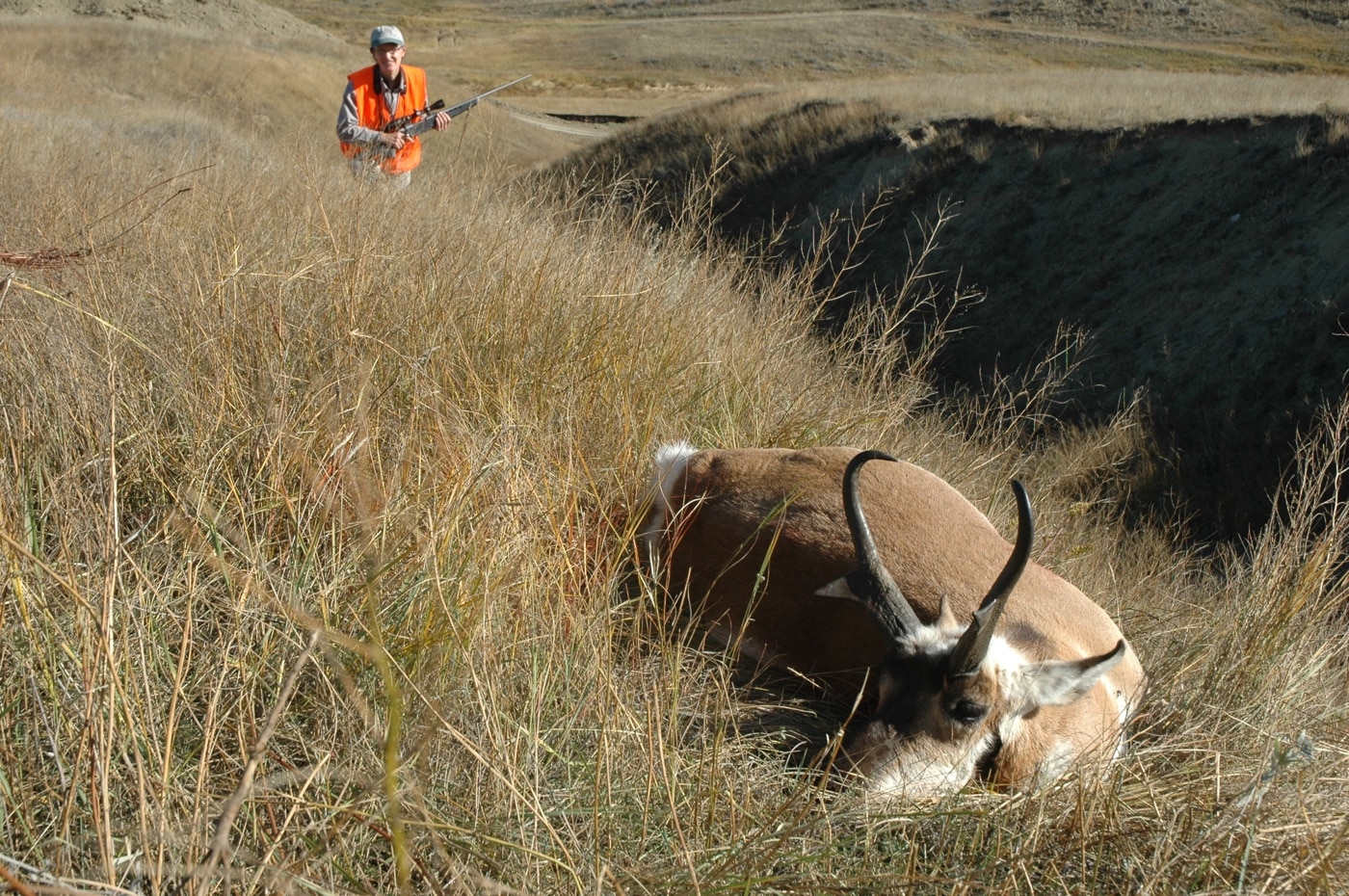
I’ve found hunting crosswind as profitable as trying to keep wind in my face. In shifting wind, I’ll hunt to favor the predominate condition, or alter my path to accommodate changes.
Yes, undisturbed game animals often travel nose-to-wind; but after they’ve run from hunters or know they’re being followed, they may use their eyes and ears to warn them of danger up front, while they monitor their flank with their nose, ahead of a trailing wind. Often wounded animals, conscious of peril behind, move with the wind.
Hard wind can nix animal movement. If it brings a blizzard or heavy, cold rain, it simply drives beasts to shelter; but even a windy day can anchor them. Wind barreling through a forest is raked from the sky, much as water is shredded by rocks and tree limbs as it thunders down a steep pitch. So spilled from the tree-tops, it splashes violently to earth with no prevailing direction. Animals can’t read wind well in such conditions. Caroming about, high-speed air gives little hint as to the source of scent.
Hunting through timber one day in strong, gusty wind that spun on its heel every few seconds, I chanced upon two young bull elk, close together, facing opposite directions. Their noses were up, trying to decipher the confusing assortment of smells tumbling into their nostrils from all directions. They were taut as guitar strings. I suspected they had my scent but couldn’t place it and didn’t dare move until they knew where I was.

Hunting in a familiar area favors anyone who’s learned the feeding, bedding and travel patterns of resident game. Knowing local wind matters as much! Smart hunters note air currents at different times of the day and in different weather — and how they affect game behavior. This “head data” helps them plan hunts even before they step out of the cabin to feel the breeze. New country is then not a mystery, because they know how air moves over similar terrain and cover, and how changes in temperature influence wind. They know where game is likely to be and what it’s likely to do in common conditions.
Air movement so light it’s hard to detect can also be devilishly capricious. While it may not carry scent far, it’s easy to read for any animal within reach. An occasional squeeze of talcum powder from a rubber bulb can help you track these invisible tendrils. In Africa, professional hunters seem compelled to kick sand from time to time, and squint knowingly at the retreating column of dust. Largely theater, in my view. Most wind is palpable to anyone with cheek skin thinner than a rhino’s. The sharp motion of a kick hardly befits an able predator!
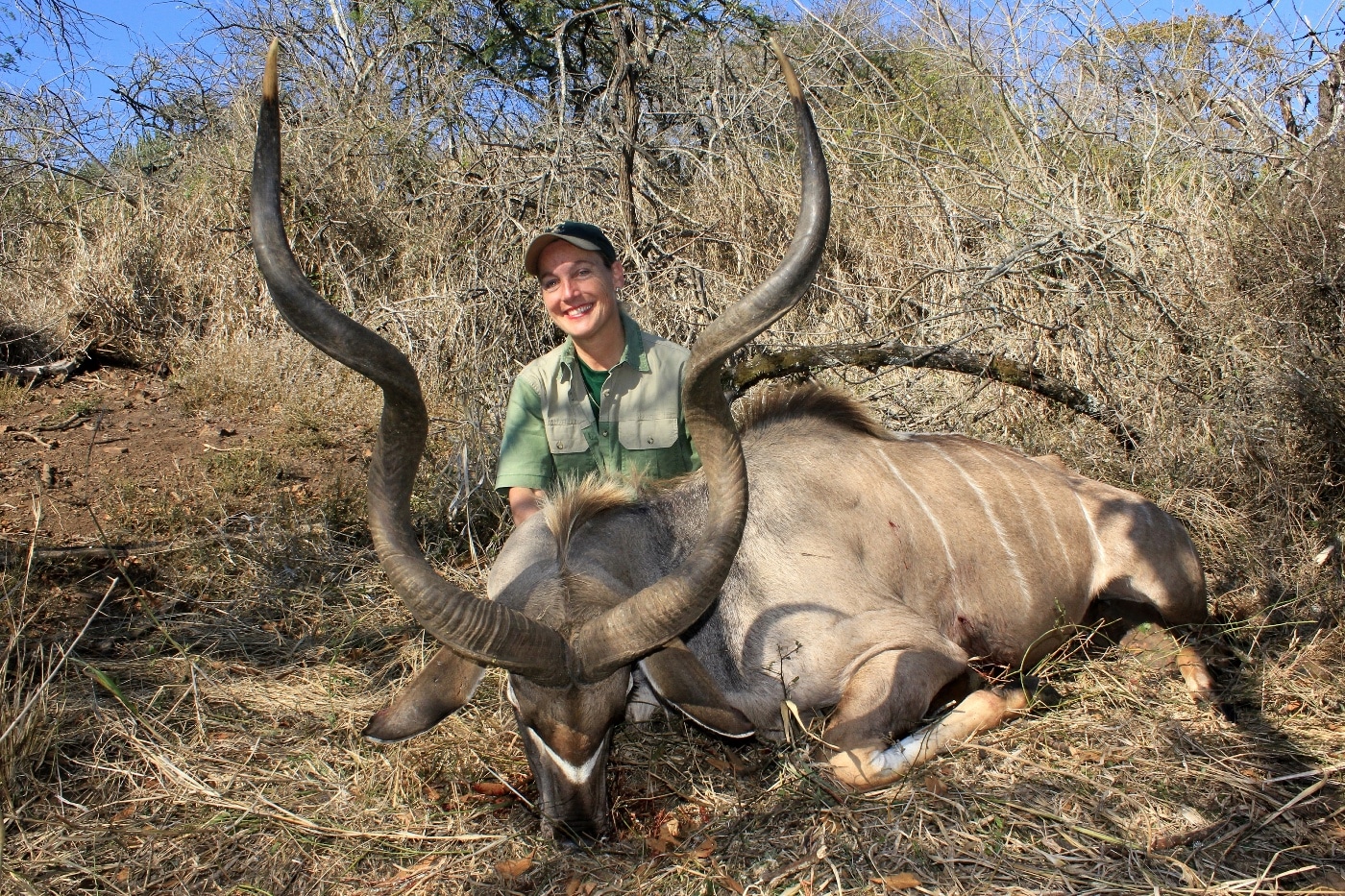
On the other hand, you may not have delicate heads of grass or drifting snow to tell you about air speed and direction. Dust and smoke show you the slightest air movement — wind animals read instantly and with infuriating accuracy!
Conclusion
The bear was gone for long minutes. Maybe forever. I kept my head as still as practical, binocular tucked in my shirt. No need for glass. I couldn’t see far; my rifle had open sights; this bear was close. The sun was down now, the woods a study in black and gray — mostly black. Then: a tick of motion. The bear had ghosted up through the jack-straw spruce as before. A halting breeze, barely perceptible, still ran his way. He took the same path, but paused as he turned. My bead found front ribs between trees. The bullet denied him a final read of the wind, a sniff that would have taken him off into the Alberta night.
Editor’s Note: Be sure to check out The Armory Life Forum, where you can comment about our daily articles, as well as just talk guns and gear. Click the “Go To Forum Thread” link below to jump in!
Join the Discussion
Continue Reading
Did you enjoy this article?

 37
37






